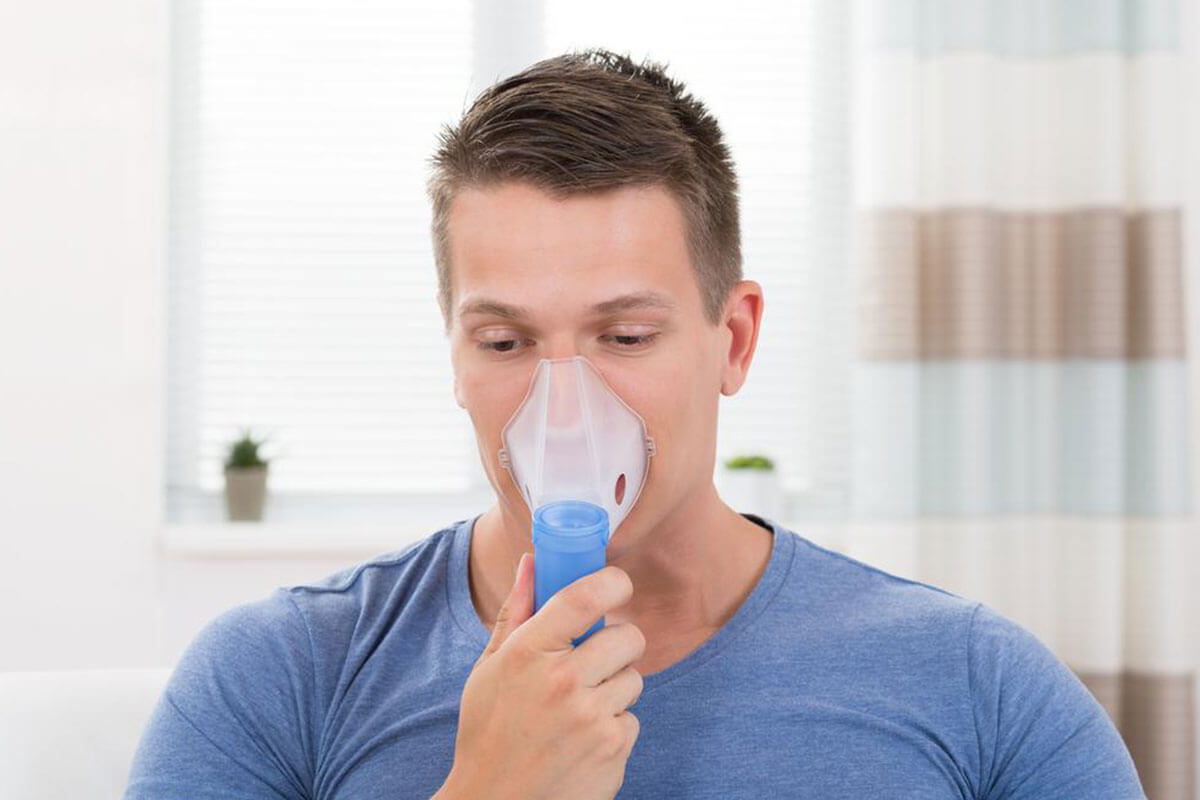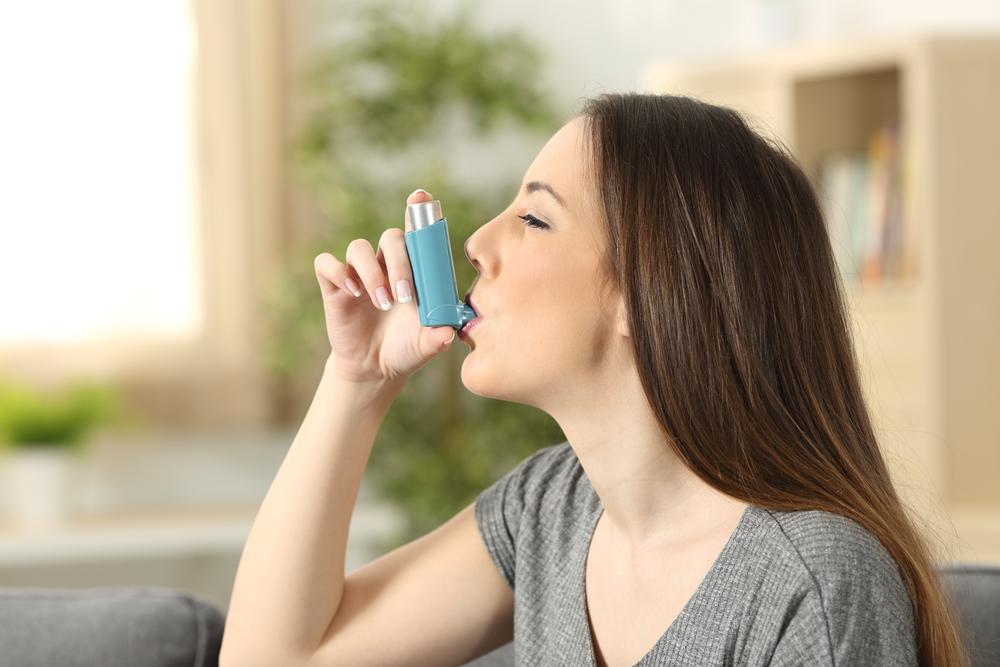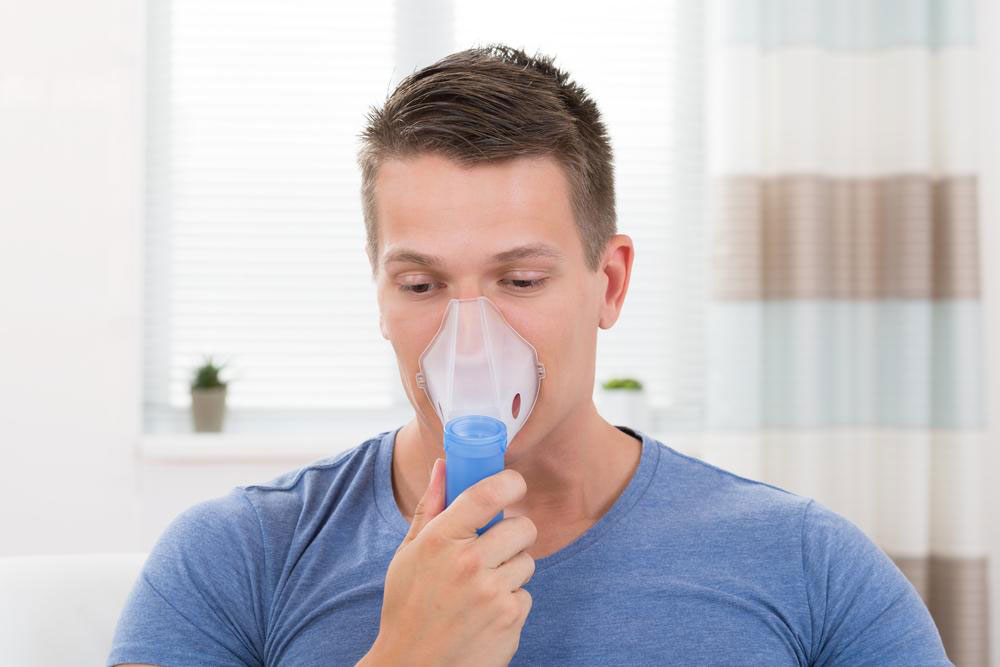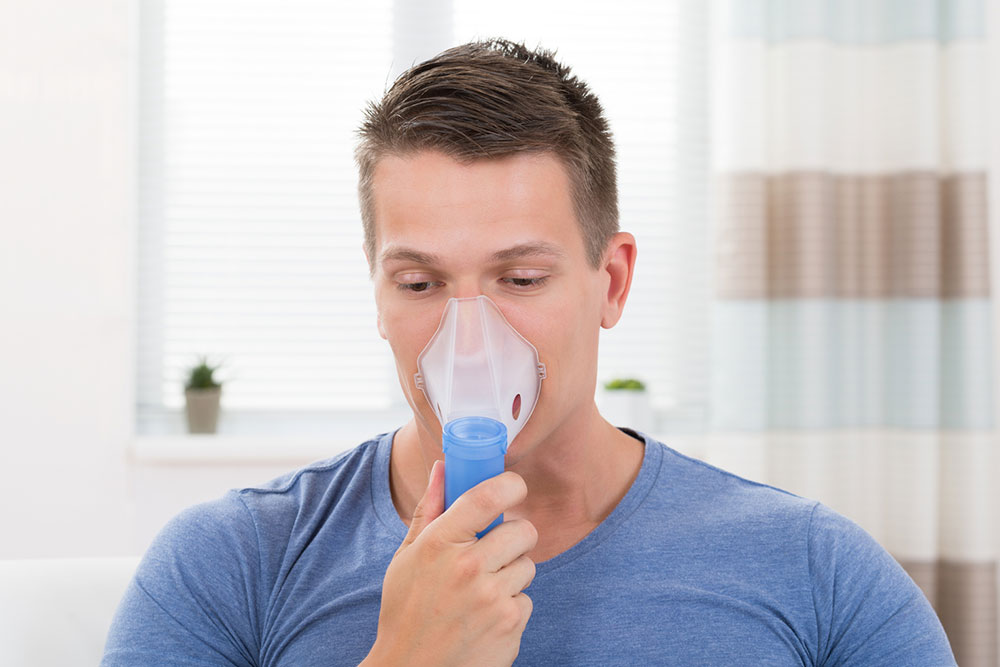Comprehensive Guide to COPD Respiratory Support Devices: Enhancing Patient Outcomes
This comprehensive article explores the critical role of respiratory support devices in managing COPD, detailing various types like inhalers, nebulizers, and ventilators. It emphasizes how proper utilization of these devices can improve breathing, prevent disease progression, and enhance patient quality of life. The guide highlights the importance of tailored treatment and professional management, ensuring COPD patients receive optimal care through advanced respiratory technology. An essential resource for patients, caregivers, and medical professionals seeking effective COPD management strategies.

How Respiratory Devices Improve Quality of Life for COPD Patients
Chronic obstructive pulmonary disease (COPD) is a challenging lung condition that hampers breathing and diminishes quality of life. Although there is currently no cure, targeted management using advanced respiratory support devices plays a crucial role in alleviating symptoms and preventing disease progression. Understanding the proper use and benefits of these devices can significantly impact patient outcomes.
As COPD progresses, it causes irreversible damage to the lungs, specifically impairing airflow and reducing oxygen exchange. Ageing and prolonged exposure to irritants such as cigarette smoke worsen this condition. The disease is mainly categorized into two types:
Chronic bronchitis
This subtype involves persistent coughing with mucus overproduction, typically caused by smoking, pollution, or inhalation of irritants. It leads to inflammation and narrowing of the bronchial tubes, contributing to breathing difficulty.
Emphysema
In emphysema, the alveoli—the tiny air sacs in the lungs—are damaged, leading to decreased elasticity and gas exchange efficiency. Patients experience shortness of breath and over-inflation of alveoli, which hampers oxygen intake and carbon dioxide removal.
While COPD remains incurable, various management tools can effectively control symptoms and improve patients' daily lives. Among these, respiratory support devices are indispensable, offering tailored solutions for different disease stages. These devices range from inhalers and nebulizers to complex ventilators, each serving specific purposes based on severity and individual needs.
Inhalers and nebulizers
These devices deliver medications directly into the lungs, helping to open airways and reduce inflammation. Nebulizers convert liquid medicine into fine mist, making it easier for patients with severe obstruction to inhale. Inhalers, also known as bronchodilators, are portable and convenient, with types including metered-dose inhalers (MDIs), dry powder inhalers (DPIs), and soft mist inhalers (SMIs). Proper technique in using these devices is critical for maximum efficacy.
Ventilators
In cases of severe respiratory failure, ventilators become vital life-support tools. They assist or fully take over the breathing process, ensuring adequate oxygen supply and removal of carbon dioxide. Ventilators come in various forms:
Noninvasive ventilation (NIV): Uses masks or similar interfaces to deliver pressurized air, helping ease breathing during episodes of distress. NIV is often employed at home or in hospitals to prevent hospitalizations.
Invasive ventilation: Requires insertion of a tube into the trachea (intubation). This method is used during critical COPD exacerbations requiring intensive support.
Chronic ventilation techniques: Procedures like tracheostomy provide long-term airway access for patients with persistent respiratory failure. Although lifesaving, long-term ventilation is associated with risks such as infection and facial trauma. Survival rates depend on multiple factors, but generally, patients receive around seven months of survival on chronic ventilation, emphasizing the importance of careful management.
Effective use and management of these devices are crucial to optimize health outcomes. Proper programming, regular monitoring, and skilled healthcare support help prevent complications such as respiratory acidosis, barotrauma, or hypotension. Training patients and caregivers ensures correct device operation, adherence to treatment plans, and early recognition of issues, all contributing to enhanced quality of life for COPD patients.
In conclusion, COPD respiratory support devices are essential components of comprehensive disease management. From simple inhalers to advanced ventilators, these tools help mitigate symptoms, prevent emergency situations, and sustain respiratory function. Advances in technology continue to improve device design and functionality, offering hope for better patient-centered care and outcomes.





